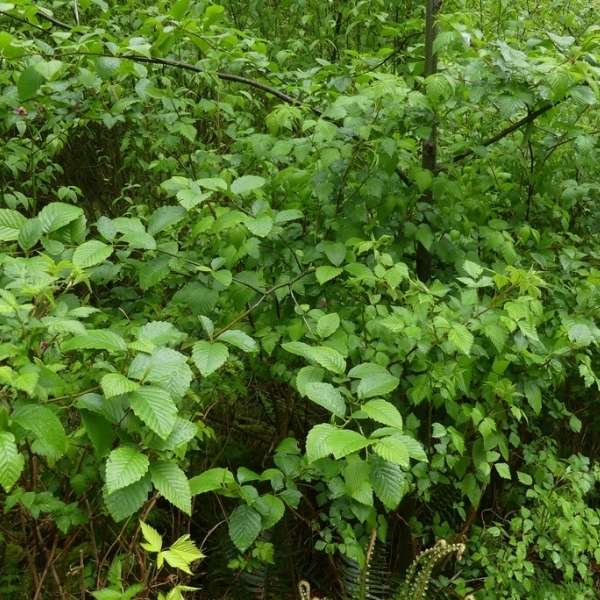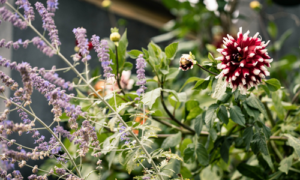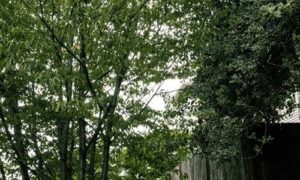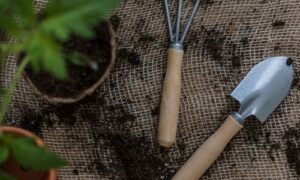Alnus rubra (red alder) is a deciduous broadleaf tree in the Betulaceae (Birch) family native to western North America. Red Alder is the largest species of alder in North America and one of the largest in the world, reaching heights of 20-30 meters. The official tallest red alder (1979) stands 32 meters tall in Clatsop County, Oregon (USA). The name derives from the bright rusty red color that develops in bruised or scraped bark. The bark is mottled, ashy-gray and smooth, often draped with moss. Large trees are often unbranched for a considerable distance from the ground. Description from Calscape
Home > Plant Guide >
Scientific Name
Family
Garden Type
Wildlife
Native Plant Region
Light needs
Water Needs
Plant Type
Bloom Color(s)
Height
Width
Months in Bloom
Safe Beneath Power Lines?

We’d like to maintain accurate and robust plant listings. If you see information that is not correct or that could be added to improve the listing, please let us know. Or if you’d like to suggest a plant to add to our plant guide, you can use this form do so. Thank you!

Learn about container gardening with shrubs, trees, herbs, veggies, perennials, and annuals. A special focus will be on plantings that provide pollinators with food and that encourage bird habitat.

The plants, animals, fungi, microbes, and other natural features that make up “urban habitat” are important to the character, function, and livability of cities.

The urban environment presents dangers to wildlife that they are not always adapted to overcome. Reducing urban hazards is an essential part of enhancing habitat in cities. After all, we do not want to lure wildlife into our neighborhoods only to have them fatally collide with our windows.

New types of vegetation can attract additional wildlife to an area. You might be surprised how a little green can go a long way!

Learn about diversifying the way architecture is taught and practiced from designers of color.

Despite the urban character and the high population density, a surprising diversity of life exists in Capitol Hill. Explore a few physical aspects of our urban ecosystems and meet some of its more-than-human residents.
Nature of Your Neighborhood is a collaboration between Birds Connect Seattle, the Capitol Hill EcoDistrict, and the Seattle Bird Conservation Partnership. Our goal is to foster relationships between the people and the nature of their neighborhoods.